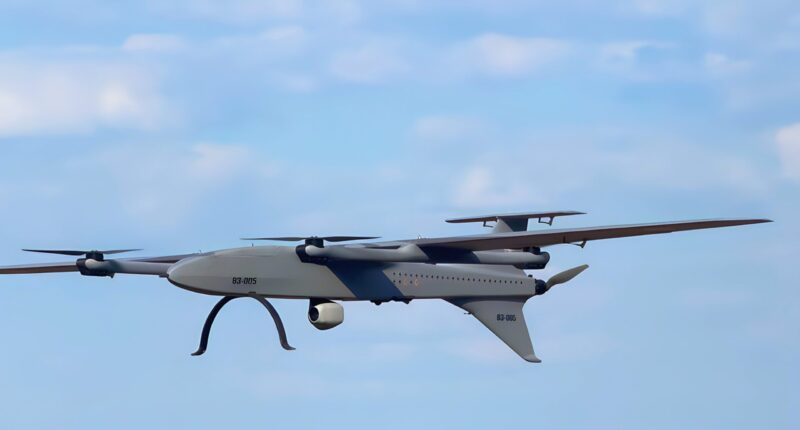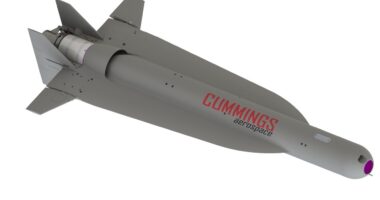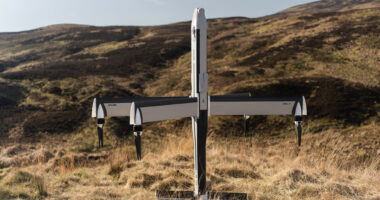Ukraine has unveiled another addition to its growing lineup of reconnaissance drones. But this one is designed to do more with less signal.
The Buntar-3, an electric vertical take-off-and-landing (e-VTOL) drone, is built to operate without GPS, navigate through electronic interference, and run missions with the help of artificial intelligence (AI).
Developed by Buntar Aerospace, the drone can fly for 3.5 hours across an 80-kilometer (50-mile) range and detect targets from up to 15 kilometers (9.3 miles) away.
It is the third iteration in the Buntar series, shaped by combat feedback and recent testing.
Kyiv’s Ministry of Defense has cleared the drone for broader use, where it will be “helping destroy targets and gather critical intelligence,” according to a company representative, as quoted by Militarnyi.
Software-Assisted Missions
Buntar-3’s “copilot” system leverages AI to streamline operations, automating flight planning based on variables like wind, battery life, and comms stability.

It can also estimate when to launch replacement drones to maintain continuous coverage, and allows a single operator to coordinate multiple units.
The goal: ease operator workload and simplify how complex missions are managed.
Defying Electronic Warfare
The Buntar-3 is designed to operate in environments where GPS signals are unreliable or deliberately disrupted.
Instead of relying on satellite navigation, it uses optical navigation and signal triangulation to find its way.
“Now we often see significant interference from enemy,” the company stated. “We built a system that combines powerful modems, optimized frequency bands, custom antennas, and robust software to ensure performance even in contested environments.”








